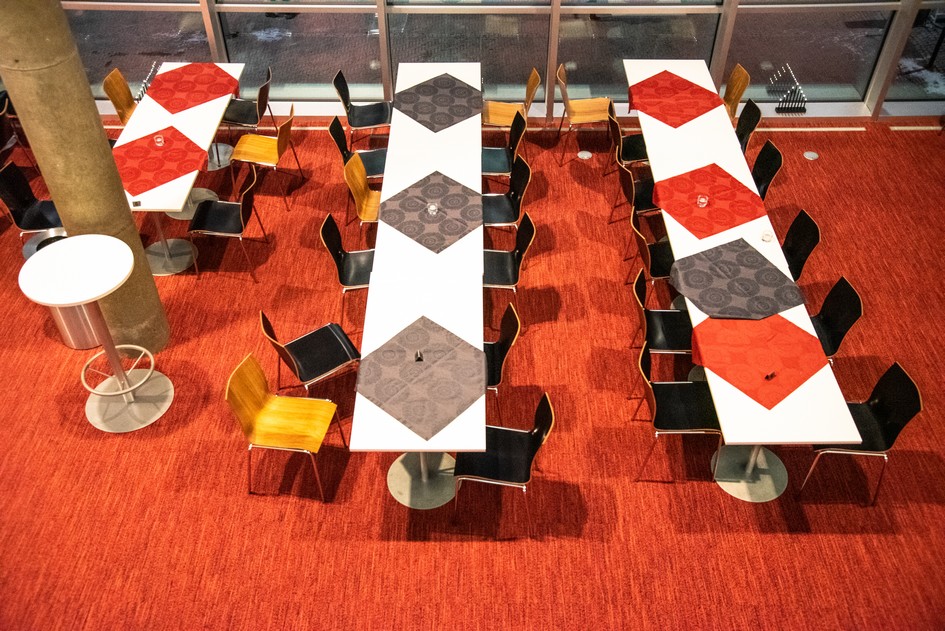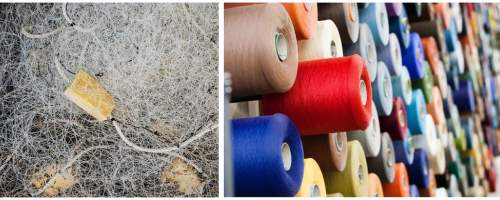In 1935, as part of a research project for Dupont de Nemours company, American chemist Wallace Hume Carother synthesized Polyamide 6, a molecule more commonly called nylon, providing weaving-compatible elastic and resistant fibers.
Waterproof, quick to dry and flexible, nylon is primarily used to make parachute fabrics but its field of application quickly extends to the world of textile, first in the United States and then in all Europe.
Today it is an essential material that can be found in many kinds of products: lingerie, automotive parts, fishing nets, toothbrush, carpets...
Waterproof, quick to dry and flexible, nylon is primarily used to make parachute fabrics but its field of application quickly extends to the world of textile, first in the United States and then in all Europe.
Today it is an essential material that can be found in many kinds of products: lingerie, automotive parts, fishing nets, toothbrush, carpets...
Polyamide recycling benefits
Polyamide 6 production is not without harmful consequences on our environment because it requires a lot of water and energy and releases greenhouse gases such as nitrogen oxide or nitrous oxide (N2O) into the atmosphere.
At a time when protecting our planet has become a crucial objective, polyamide recycling would therefore be an appropriate eco-responsible solution to save resources, avoid pollution, while reducing waste.
At a time when protecting our planet has become a crucial objective, polyamide recycling would therefore be an appropriate eco-responsible solution to save resources, avoid pollution, while reducing waste.
How is Polyamide recycled?
The last decade has seen the emergence of many Polyamide recycling plants. At TecSOM, we supply yarn to AQUAFIL group, an Italian producing regenerated nylon ECONYL®.
Recycling process starts with collecting Polyamide wastes: fishing nets, fabrics, used carpets and industrial wastes from landfills and oceans around the world. Collected wastes are then sorted, cleaned and recycled by a patented process.
Regenerated nylon ECONYL® is qualitatively identical to virgin nylon. That means it can be recycled an infinite number of times, becoming a sustainable solution for fashion and interior industries.
Recycling process starts with collecting Polyamide wastes: fishing nets, fabrics, used carpets and industrial wastes from landfills and oceans around the world. Collected wastes are then sorted, cleaned and recycled by a patented process.
Regenerated nylon ECONYL® is qualitatively identical to virgin nylon. That means it can be recycled an infinite number of times, becoming a sustainable solution for fashion and interior industries.
What are the areas of application for recycled Polyamide?
Two-thirds of AQUAFIL regenerated nylon 6 is dumped on carpet manufacturing market: tertiary, residential, automotive and furniture sectors. The rest of the production is sold on clothing market (fashion, sport, socks, technological clothing) and industrial parts manufacturing (plastic components, industrial mouldings).
Some of TecSOM eco-friendly ranges are made from ECONYL® recycled yarns, such as GREEN SYSTEM, LINEAR VISION and PREMIUM. They are highly successful on projects with a strong environmental dimension.





